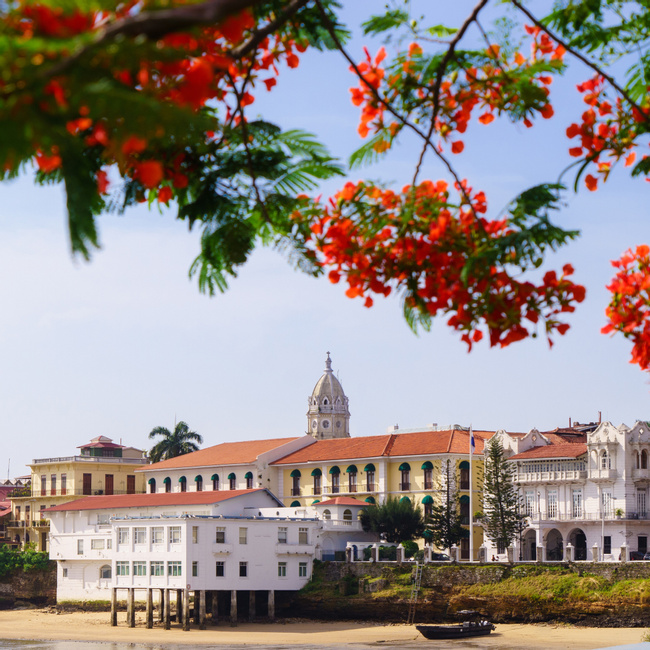Where is the best fishing in Panama?
Don't just tell the story of how you caught your biggest fish ever, tell the story about the time you went fishing in Panama! Impress them all with your photos, and your knowledge of the fact that Panama is so much more than its famous Canal.

Whilst your family is enjoying the beaches of Panama, you can treat yourself to some excellent deep-sea fishing. Places like the Gulf of Chiriquí, Coiba National Park, and Piñas Bay are stellar.
If you don't have time to venture out that far there are good options in Lake Gatún and along portions of the Azuero Peninsula as well.
You'll not only be able to catch a variety of fish, you'll also be able to set personal records when you hook larger catches. Panama's fish include marlin, sailfish, snapper, roosterfish, and yellowfin tuna. What you catch largely depends on both your destination and the time of year, so the best time to visit Panama is going to be relative to your itinerary.
Steps to telling better fishing stories:
- Determine how you're going to get to Panama — you can reach the country by air, land, and sea.
- Bookmark this page so you're prepared to meet the country's fluctuating entry requirements — prior to your departure.
- Pack everything you need for your Panamanian adventure.
P.S. Make a little time to see for yourself how Panama's Coiba Island transformed from prison to eco habitat.
Related Questions
- Is Panama family friendly?
- Where is the best surfing in Panama?
- When is the best time to go to Panama?
- Where are the nicest beaches in Panama?
- What are the top activities in Panama?
We believe travel is more than ticking destinations off a list – it’s about discovering new places deeply, feeling connected wherever you go, and knowing you have a trusted team behind you every step of the way.



